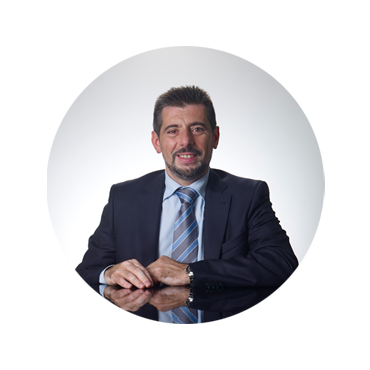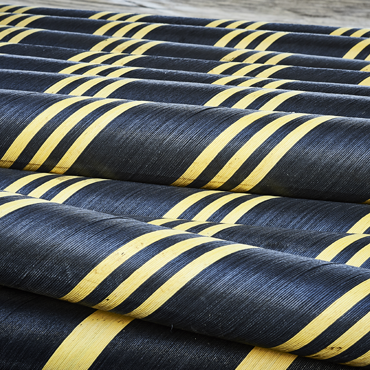Innovation as the cornerstone of Prysmian Group business strategy
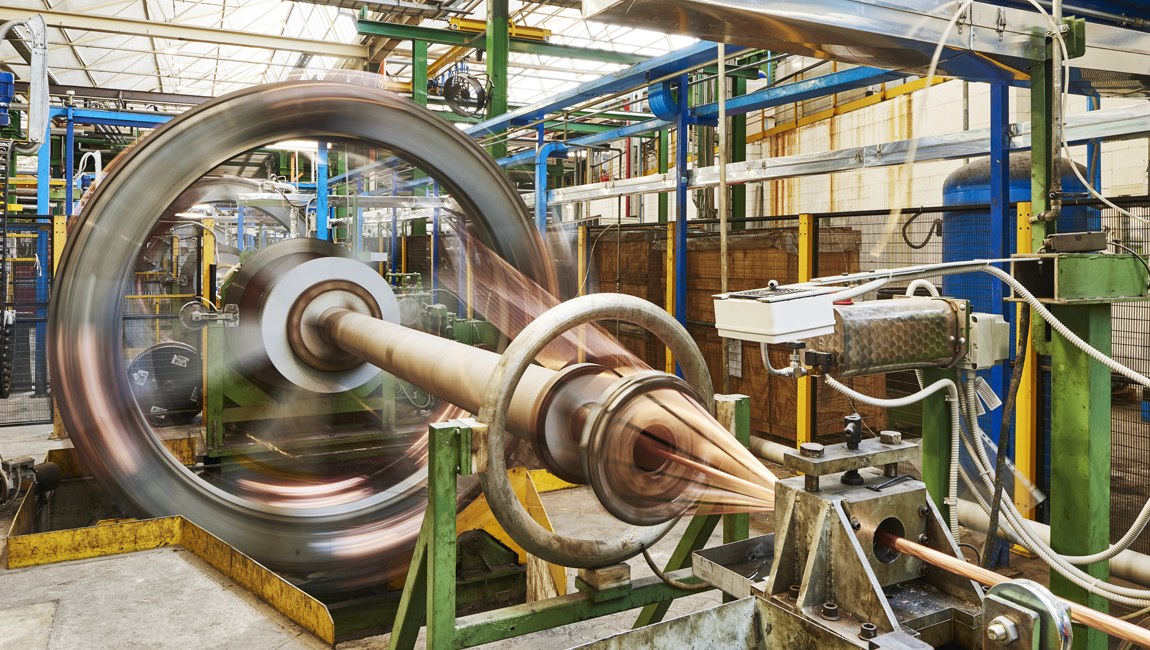
The Transition towards renewable energy is very much linked to the capability to transmit and dispatch energy from one place to another, from offshore wind farms, where renewable energy is produced, to urban centers, where it is consumed. Prysmian Group is highly committed to support the development of greener and smarter power grids, by making available innovative cable technologies to cover longer distances and sea depths, ensuring higher performances, reliability and sustainability. Let’s discover more in this interview with Marco Marelli, System Engineering VP, Projects BU.
The boom of renewable energy, and offshore wind in particular, are fields where Prysmian Group plays an important role. What are the latest technologies developed by Prysmian to ensure its leadership?
Wind is the most widely used source of energy in this phase of the energy transition, and that means connecting offshore wind farms to sites onshore. And to transport this energy, we need a few different systems.
One type of system connects the wind towers themselves, and between themselves. This requires cables that are tailored for specific solutions and at the same time, they still need to be easily available, affordable, and resilient. We are using different designs and technologies, and we also benefit from Ethylene Propylene Rubber (EPR) insulation technology that we have developed since many years. We are the only European cable maker who is able to master this technology.
Then, there is the connection from wind parks to shore. This can be made using AC, or at times DC, when the wind park is very far from the coast. In DC we are the leader of the market, and the leader of technology. We are the ones that can transmit the highest power, at the highest voltage, and to the deepest depth. And we have a number of technologies we have mastered no one else has.
When it comes to AC, the competition is tougher. There are no big innovations so far, but we are talking about technologies that can transfer power up to a range of approximately 100 kms.
And what about interconnectors? What is the role played by Prysmian Group?
Interconnectors between countries are another key part of the energy transition: as backbone of power grids, cables are, and will be, an essential part of this development, supporting the implementation of larger, more integrated, efficient and sustainable power transmission systems. We make a complete range of cables that allow the exchange of energy between countries, and sometimes continents. This is particularly true with HVDC cables, where we currently have four different technologies in our portfolio for this sort of energy transmission. Traditional paper cables, still very much in use, are indeed complemented with their high-performance version that use a sandwich of paper and plastic, called PPL, in place of paper. For cable with extruded insulation, our offering includes XLPE cables and our new thermoplastic solution, the already well-known P-Laser.
What are some examples of your leadership in DC cables technology?
We have Western-Link, an underwater cable connecting Scotland and England and Wales, which operates at the record voltage level of 600 kV for a transmission capacity of up to 2,400 MW. If we think about the deepest power cable installed anywhere, it is our SAPEI cable crossing going from Sardinia to the mainland of Italy for Terna, which reaches the depth of one mile or 1,600 meters. This is still the record in the industry.
For extruded cable technologies, we are setting a new record by connecting the highest power-rated wind farm worldwide, called Sofia, off the coast of the UK. For the land section, we will be using P-Laser, the first 100 percent recyclable, eco-sustainable, high-performance cable technology based on the use of a patented thermoplastic material also called High Performance Thermoplastic Elastomer (HPTE) and on a zero-emission process that reduces CO2 emissions by 40 percent.
Why is it so important to continually set new records for depth?
With the recent advances, we are enabling new future connections. We have recently set a new record in depth by installing a three-core AC cable at almost 1000 meters between the Greek island of Crete and the mainland. Similar cables in the past have been installed at 800 meters maximum water depth. But in the future, the feasibility of several projects is being studied especially in the Mediterranean Sea, where the depth reaches more than 3000 meters. Prysmian’s Research & Development has been able to substitute the steel armour wires with synthetic ones, making the cable 50% lighter in water, and allowing a 50% reduction in the tensile load on the installation vessel.
What does the launch of the Leonardo Da Vinci in 2021 mean for Prysmian? What will be the competitive advantage?
Leonardo da Vinci plays a critical role in ensuring that our market and technological leadership grow in the future. The idea is that we are a solution provider rather than a cable maker and cable installer, and this includes not only the cable concept and new designs, but also everything around it. That means factories, cable ships and all the necessary on-site activities. Leonardo da Vinci will be the most advanced cable installation vessel in the world and will allow Prysmian to offer an ever-wider and more versatile range of installation services and to strengthen its leadership position in the submarine cables business.
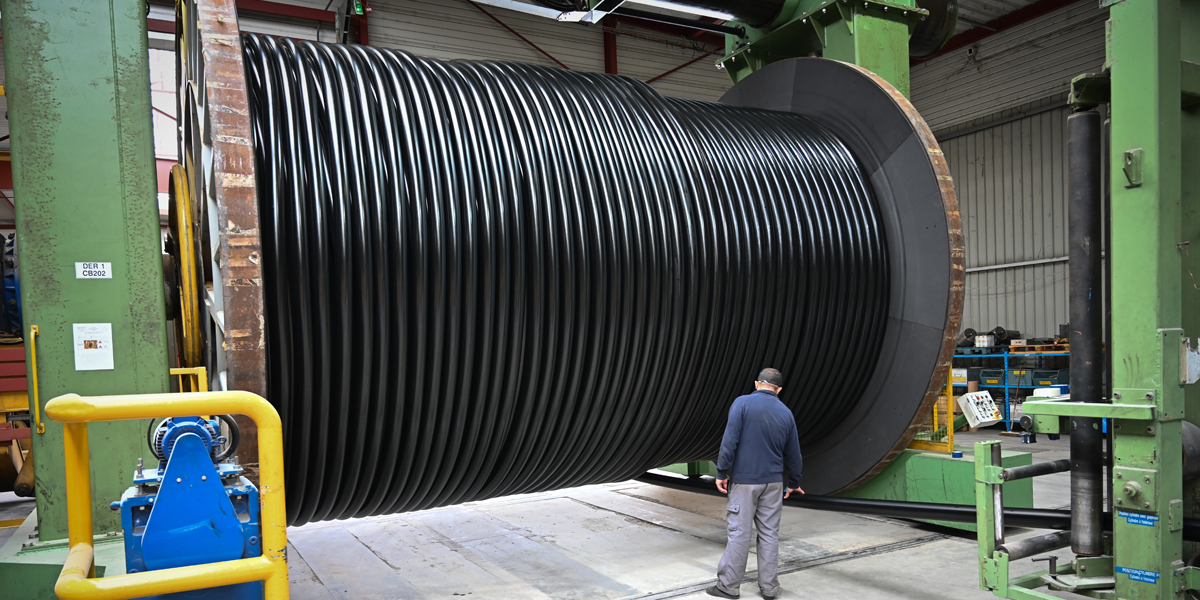
Let’s move on to the terrestrial side, and so to the “German Corridors” HVDC cable projects. How are they demonstrating Prysmian’s leadership in HVDC cables?
At least in two different directions: supply capacity and cable technologies.
The German Corridors represent the first ever joint approach adopted by a country to its energy needs: Germany is going to install three 525 kV DC underground cable systems (also called “Corridors”) at the same time to transfer energy from north to south, from where the green power is generated by offshore wind down to the consumption centers. This is really important, because there can be no energy transition without the ability to transport renewable power across long distances to where it is needed. We are supplying almost half of the over 5,000 kilometers of DC underground cables needed for these huge projects. More than anyone else.
Then the second thing is that we are using two different technologies, one is XLPE and the other is P-Laser.
And there are three reasons for why P-Laser was selected for these projects. First of all, we have a sustainability perspective: this material is 100% recyclable. The second one is the technology’s ability to operate at higher temperatures than XLPE, that means superior power transmission performance. And the third one is a single-step manufacturing process, with no chemical reactions and no relevant by-products. I think all three of these played a role in the customer’s decision to choose this technology. When this project will be completed, it will clearly signal the ability of this technology to be employed on an even larger scale. This will enable our customers to start looking at this technical solution as a primary choice for future projects.
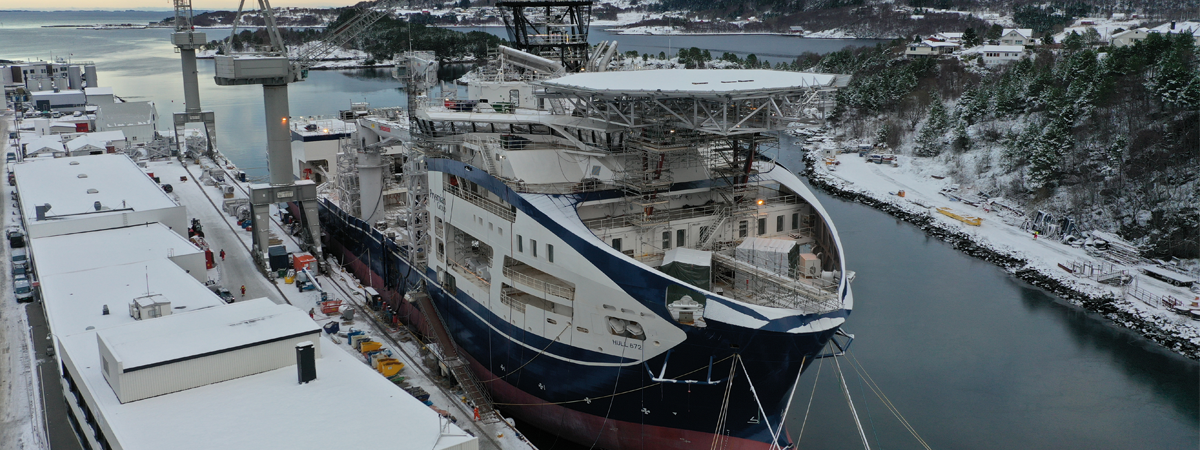
Leonardo Da Vinci: the new flagship vessel to be launched in 2021
Most of the North Sea’s windfarms are in water between 500-800 meters deep. But the Mediterranean Sea plunges to over 5,200 meters, at the Calypso Point off the coast of Greece. Growing demand for communications and energy means projects on the drawing board now need to go deeper below the sea than ever. That’s why Prysmian has commissioned a new €170 million high performance cable laying vessel Leonardo Da Vinci, which will lay the Group’s High Depth Submarine Technology cables up to 3,000 meters.
The 171-metres ship - ready in mid-2021 - will reinforce Prysmian’s project execution capability and its one-stop-shop solution provider approach. It will have 2 carousels of 7,000 and 10,000 tons, which ensure the highest carousel capacity in the market, enabling a reduced transportation time from the factory to the site, thus improving overall project efficiency. It will be equipped with two independent laying lines in order to increase its operative flexibility; bollard pull in excess of 180 tons conferring the capability to perform complex installation operations supporting a variety of burial systems.
This new strategic asset will consolidate the Group’s leadership and boost the capability of Prysmian’s submarine cable operations while reducing costs and timetables for clients due to the ship’s larger loads.





